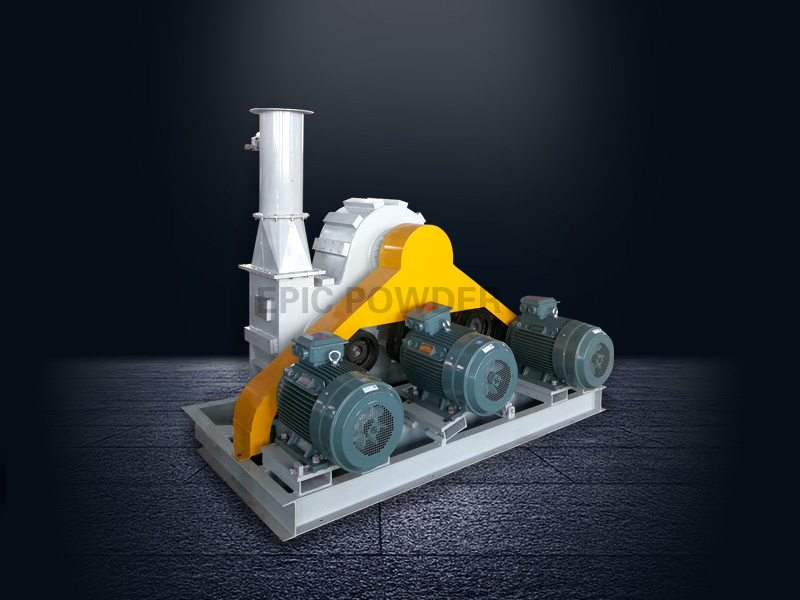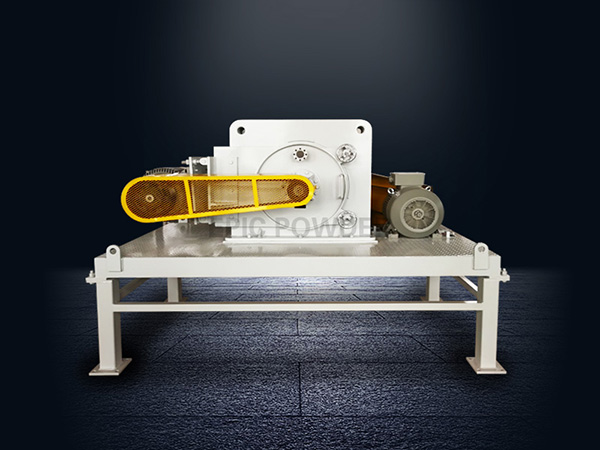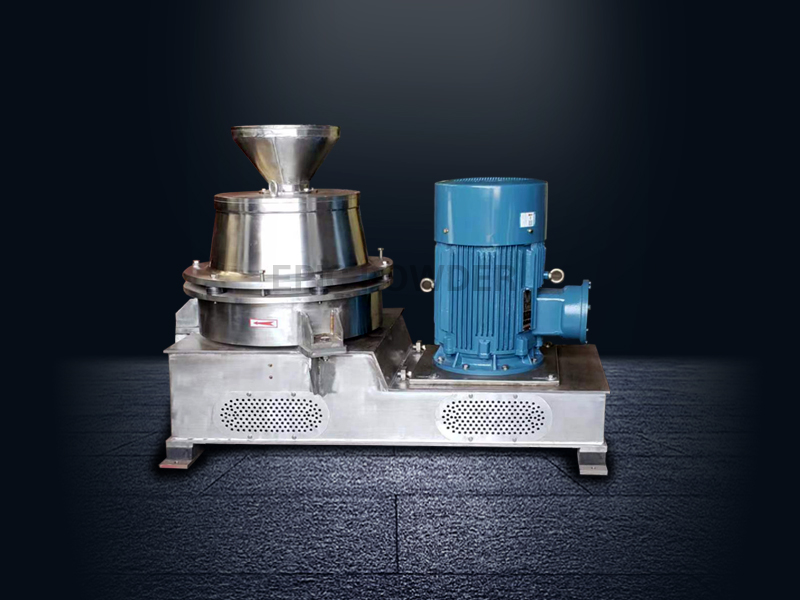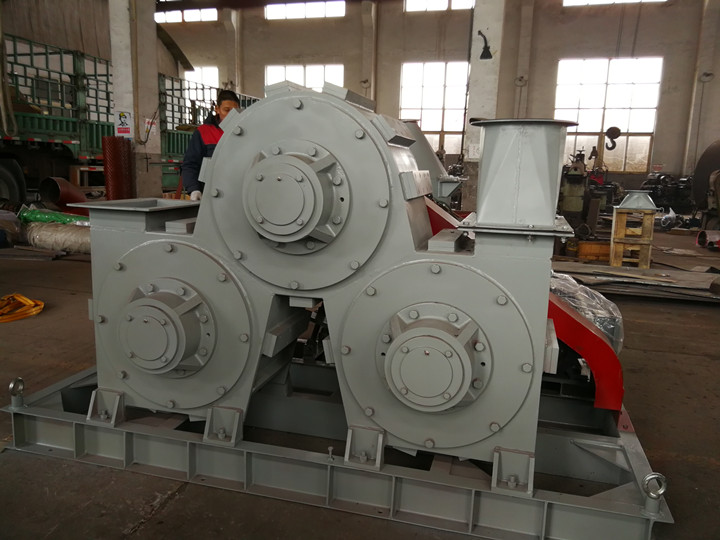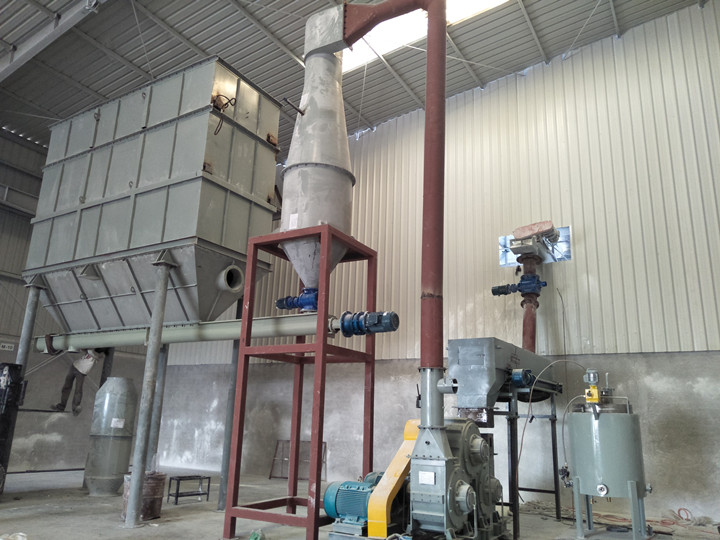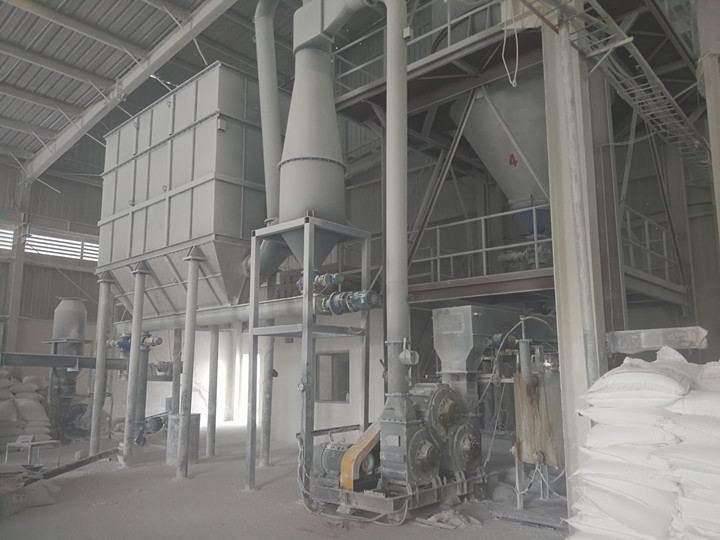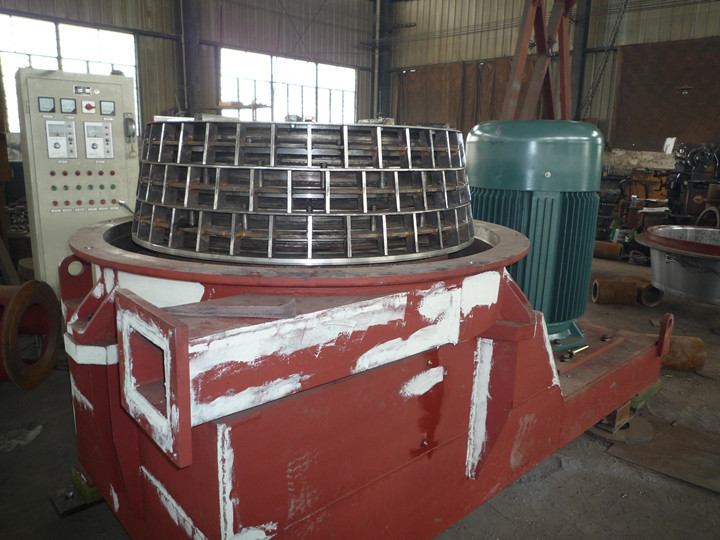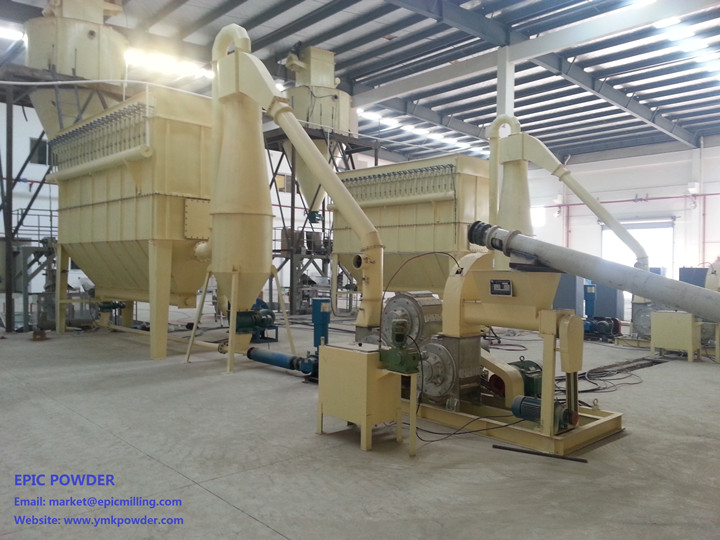NO. 369, Road S209, Huanxiu, Qingdao City, China
Powder Surface Modification Machine
Surface modification of mineral powder is an inevitable product of the development of modern high-tech and new materials.
- Powder surface modification machine is widely used in non-metallic mineral fillers or pigments, such as modern polymer materials such as plastics, tart glue, adhesives, polymer matrix composite materials, functional materials and coatings and other industries.
- After the mineral powder is modified, it can not only greatly improve the compatibility of inorganic mineral fillers and organic polymers, improve the interface bonding force, enhance the mechanical strength and comprehensive properties of the material, but also greatly improve the performance of powder fillers. The filling amount can reduce the production cost, and at the same time, it can endow the product with some special physical and chemical properties.
- Powder surface modification has important practical significance for improving the performance of the powder, improving its practical value and opening up the development of application fields.
- Surface modification is one of the necessary processing methods for fillers to change from target fillers to functional fillers. It is also the main purpose of mineral filler surface modification.
- High activation degree modification of irregular shape, ultra-light, ultra-fine, viscous, agglomerated materials such as flake needles, under the condition of meeting the modification mechanism and process conditions (the key is the dispersibility of materials and additives), the use of high energy It is a good method to complete the modification during grinding.
According to different materials and application industries, the production capacity and particle size range will be different.
Please contact our engineers to customize the equipment for you. Our experts will contact you within 6 hours to discuss your needs for machine and processes.
